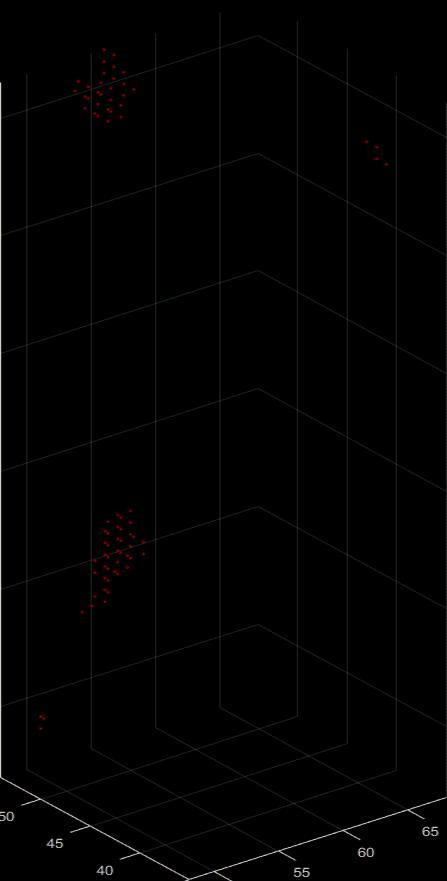KEVIN
COULSON
CAL PRINT PREDICTION
Last updated: May 2021
I joined the CAL lab in Fall 2018 and have continued research there ever since. CAL (Computed Axial Lithography) is a rapid volumetric photopolymerization 3D printing method - rather than creating a part layer-by-layer like most additive processes, the entire volume is being cured spontaneously. One of my first projects was creating an improved dose visualization, shown below. Since the kinetics of the CAL process are so much more complicated than other additive processes, an efficient computational print time prediction simulation is still being developed yet, and thus, print completion is determined by the user. This print dose visualization is the first step in assisting users to determine at what point a print is completed.
My current project is the next step in print time prediction. I trained a machine-learning genetic algorithm to use parameters generated during the slicing process of the CAL algorithm to predict how long a given geometry will take to print. The general process is outlined below.
This first polynomial-based iteration could use a linear regression model rather than a genetic algorithm to find the optimal parameter set. However, with the intention of including a multi-physics simulation in the print time prediction at some point, the genetic algorithm provides more flexibility. As of Summer 2020, myself and a team of undergraduates are still waiting - due to COVID restrictions - for lab access to gather print time training data to feed into the genetic algorithm. This will serve as a proof of concept to see if a simplified method of prediction can be effective for CAL..
Ultimately, I see a convolutional neural network as the solution to this problem. Using the 3D voxelized reconstruction of a model as the input, we could train the network to predict print times based on the output of the optimization algorithm. However, this training would require a lot of samples to be effective. An example of what the CAL print prediction CNN might look like is shown below.



















